The “Good” Bad Bishop
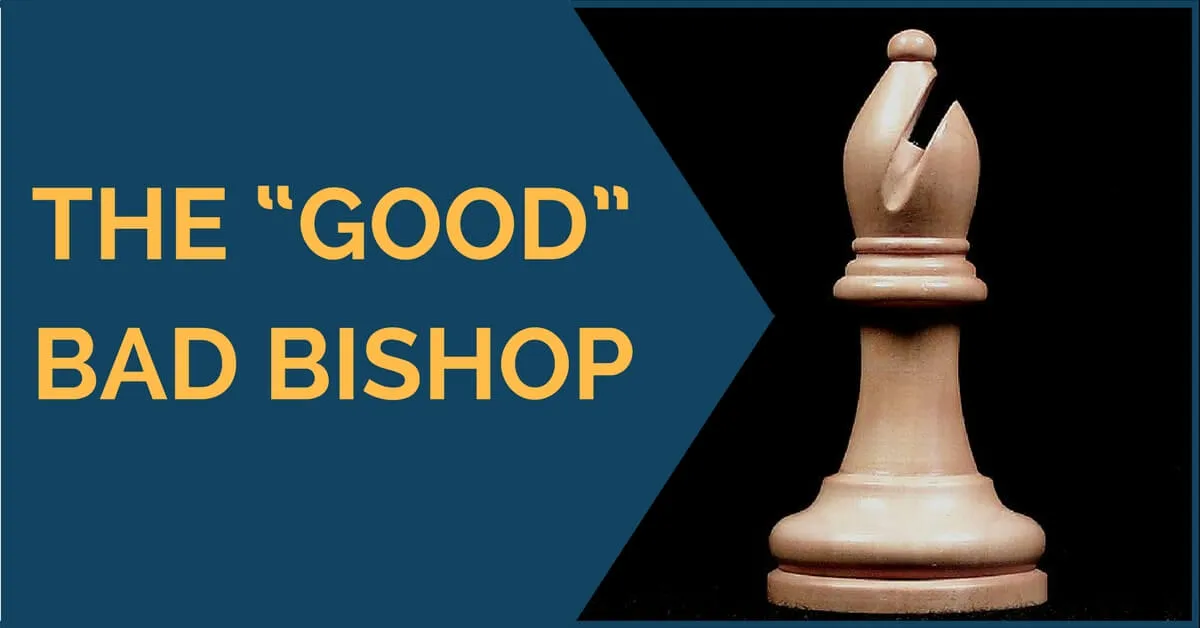
When it comes to minor pieces, we know that there are a number of principles that can help us determine which one is good and which one is bad in a specific position. Thus we can properly decide which one to change and which one to keep. Since the bishops are the main subject of our article, we will start by reminding you that they are generally better in open positions. Another basic rule states that we should place our pawns in the opposite color of our own bishop in order to achieve a certain harmony on the board that will restrict the opponent’s pieces.
Needless to say, two bishops can become a destructible force and you can read more about how to use them in our previous article.
However, these positional elements don’t always work in our favor and we sometimes end up with the wrong minor piece and have to defend a difficult position. A bad bishop is uncomfortable to play with and the usual thought is that we’d give anything to exchange it, but sometimes it converts in the key piece that holds the position together. In this article, we are going to talk about this scenario and we will show you a few examples where, in spite of its apparent inactivity, it actually becomes an annoying piece for the opponent.
Take a look:
A good bishop versus a bad bishop
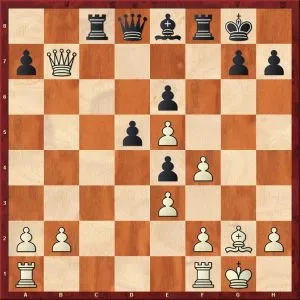
Lalic, B – Jussupow, A, Saint John, 1988
Black to play
White has just captured the pawn on b7 and it may seem like he will have a comfortable game ahead. Most beginners are taught that the bishops are judged only by looking at the pawn structure. So, in our diagram, black is apparently not only a pawn down but also has the bad bishop. All the central pawns are placed on light squares, limiting the activity of his own bishop, whereas white’s pawns are ideally placed on the opposite color of his bishop.
However, this is only an illusion here. The limited bishop is, in fact, the white one (by black’s pawns), while the black one can comfortably play outside the pawn chain. As we will see in the game, it becomes a key piece in black’s attack.
A good knight versus a bad bishop
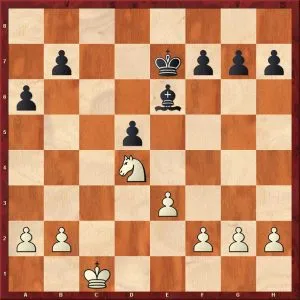
Flohr, S – Capablanca, J.R., Moscow, 1935
This is a famous endgame where, even though white’s play is easier (black has a bad bishop and an isolated pawn), it is very difficult for him to achieve a substantial advantage. Capablanca demonstrates here the correct way to play this endgame.
The black bishop is very passive, but it successfully defends all the weaknesses. It is instructive to see how black handle this position – he places his pawns on dark squares and with the help of the king and bishop manages to restrict the white knight and king.
Improving the bad bishop
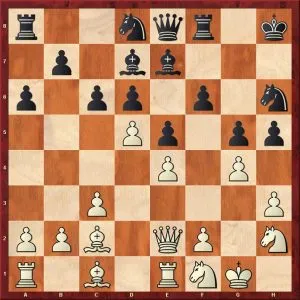
Levenfish, G – Alekhine, A, Vilnius, 1912
Black has just played 17…c6 in this position, challenging white’s center, but also making possible an important idea – the improvement of the bad dark-squared bishop in the future.
We will see that later in the game, after the exchange of the light-squared bishops, black was able to bring the one on e7 to life with one typical maneuver, Be7 to d8 and then to b6. In fact, the game quickly comes to an end once this bishop is activated.
See how the game unfolded below:
As we saw from these examples, there are situations when the status of the bad bishop can drastically change. This shows us that the judgment of the bishops depends on the position; if the bishop can be improved, then it is no longer a bad piece, but can become a valuable one.
Ready to start winning games? Check out our store and articles:
Thank you for reading!




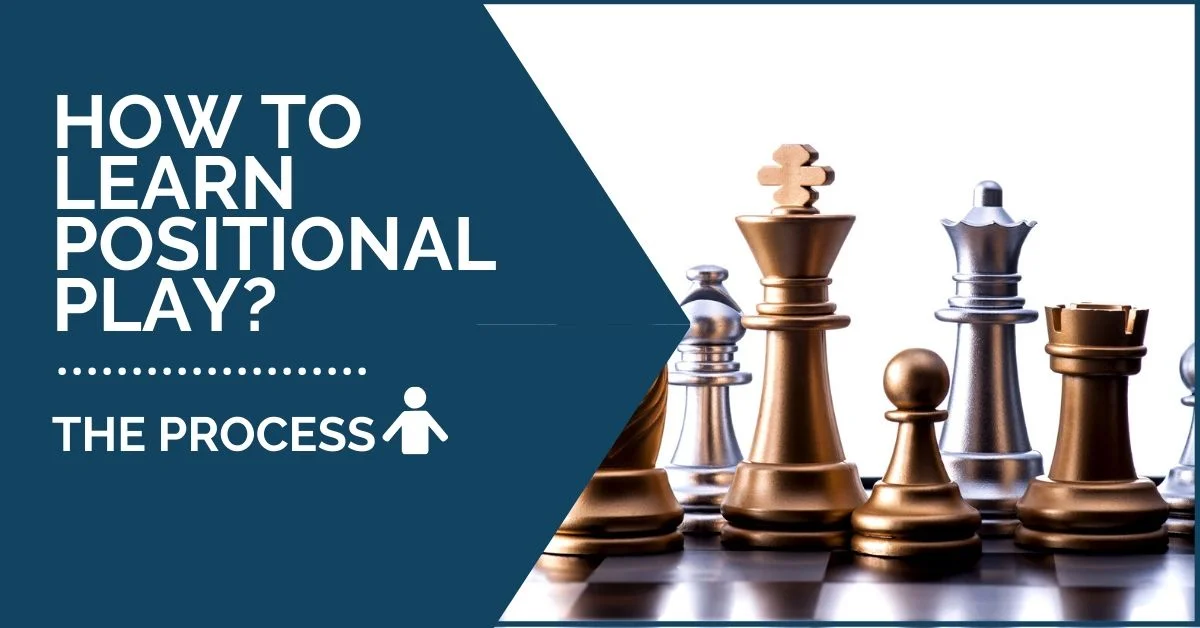
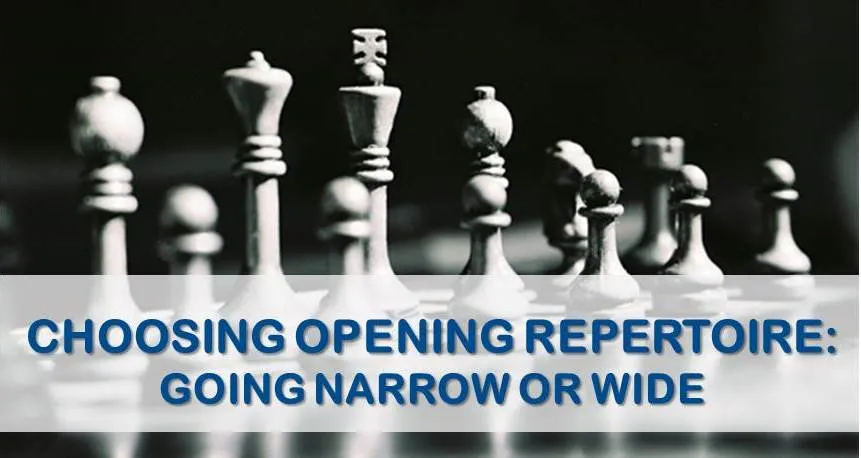




Comments: